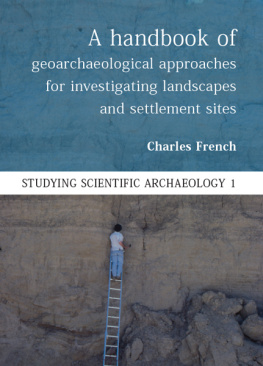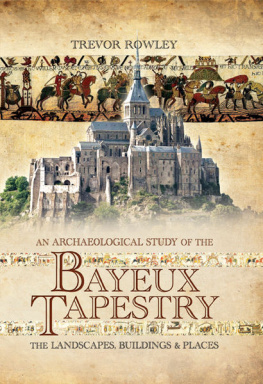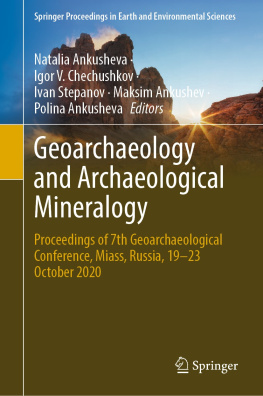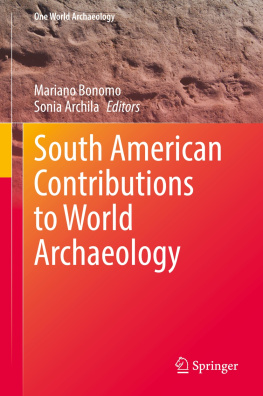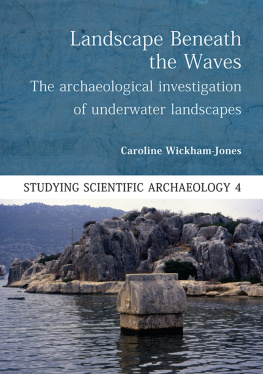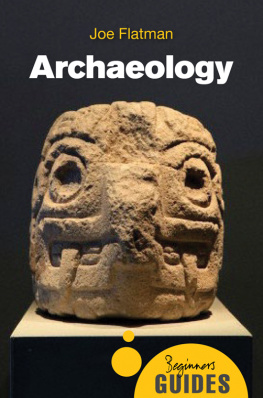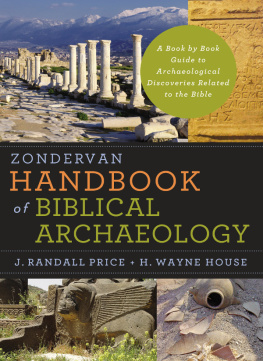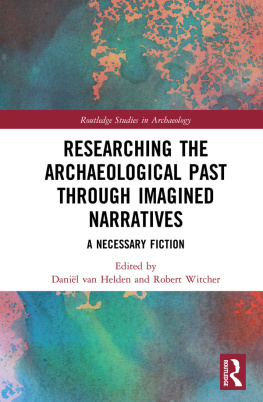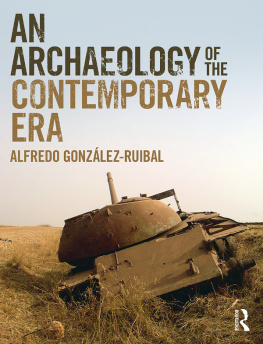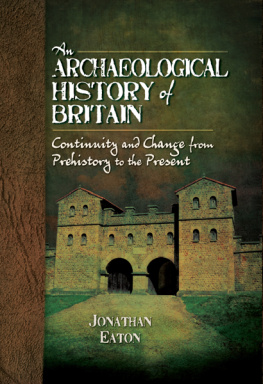To Francis Pryor and Richard Macphail
for pointing me in the right direction
Published in the United Kingdom in 2015 by
OXBOW BOOKS
10 Hythe Bridge Street, Oxford OX1 2EW
and in the United States by
OXBOW BOOKS
1950 Lawrence Road, Havertown, PA 19083
Oxbow Books and the individual contributors 2015
Paperback Edition: ISBN 978-1-78570-091-0
Digital Edition: ISBN 978-1-78570-092-7
Kindle Edition: ISBN 978-1-78570-093-4
PDF Edition: ISBN 978-1-78570-094-1
A CIP record for this book is available from the British Library
Library of Congress Control Number: 2015952657
All rights reserved. No part of this book may be reproduced or transmitted in any form or by any means, electronic or mechanical including photocopying, recording or by any information storage and retrieval system, without permission from the publisher in writing.
Printed in the United Kingdom by Hobbs the Printers Ltd, Totton, Hampshire
For a complete list of Oxbow titles, please contact:
UNITED KINGDOM | UNITED STATES OF AMERICA |
Oxbow Books | Oxbow Books |
Telephone (01865) 241249, Fax (01865) 794449 | Telephone (800) 791-9354, Fax (610) 853-9146 |
Email: | Email: |
www.oxbowbooks.com | www.casemateacademic.com/oxbow |
Oxbow Books is part of the Casemate Group
Front cover: The author taking soil blocks for micromorphological analysis from buried floodplain soils of about 4500 years old in the Rio Puerco valley of New Mexico, USA
Contents
with Tonko Rajkovaa
Acknowledgements
I would like to thank a large number of people for the use of collaborative project material that is an essential part of this handbook, as follows: Dr Mike Allen, Dr Manuel Arroyo-Kalin, Dr Gianna Ayala, Prof Ian Bailiff, Crane Begg, Prof Martin Bell, Dr David Beresford-Jones, Julie Boreham, Kate Boulden, Mark Dover, Chris Evans, Dr Martin Green, Dr Richard Jones, Dr Kevin Lane, Dr Richard Macphail, Dr Wendy Matthews, Dr Karen Milek, Dr Sayantani Neogi, Rog Palmer, Prof Mike Parker Pearson, Dr Richard Periman, Dr Cameron Petrie, Prof Francis Pryor, Tonko Rajkovaa, David Redhouse, Dr Kate Roberts, Dr Edgar Samarasundera, Prof Rob Scaife, Prof Chris Scarre, Dr Colin Shell, Dr Daryl Stump, Dr Federica Sulas and Dave Webb.
Preface
This short book owes itself to all my students and whoever has worked with me in the field and in the lab since 1979. In class at Cambridge I am often asked: where can I find this basic methodological approach stuff and I have to reply it is spread about in various case studies and textbooks. Consequently this handbook aims to explain some of the basics of geoarchaeological approaches and research design used to tackle the investigation of landscapes and settlement archaeology, and the application of soil micromorphology to archaeological situations, each with a few good examples. The intention is to present a handbook of basic good practice that any archaeologist or aspiring geoarchaeologist can use, rather than be a textbook with all the data and answers.
It was not until I worked for Francis Pryor on the fen-edge of Cambridgeshire at Fengate from 1975 that I had actually saw a buried soil that I was able to recognise. Prior to then, most of us had probably seen them as an horizon change, but thought little of it and had certainly not recognised their significance. But it was later during the Maxey and the Etton/Etton Landscape projects from 1979 and English Heritages Fenland Project on the Southwest Fen Dyke Survey project that I really began to see the importance of buried soils and their essential role in interpreting landscape settings, processes and transformations. Moreover, the analysis of buried soils and the evidence contained within them are able to give multiple reflections on past human activities and land-use changes.
This naturally led me into the science and application of soil micromorphology. This transpired through an opportunistic meeting with Richard Macphail in the spring of 1983 in the 3rd floor Environmental Laboratory at the Institute of Archaeology in London. Richard, just recently hired as English Heritages soil specialist for southern England, asked what type of sites I was working on. As soon as I said buried soils under Neolithic and Bronze Age barrow mounds, he said that I should definitely do some soil micromorphology! Needless to say, I have not really looked back since.
It goes without saying that I would not be here if first Francis Pryor had not hired me as a digger in 1975, and then Richard Macphail had not introduced me to soil micromorphology in 1983! So, this handbook is dedicated to them.
2 April 2015
1. Introduction
Geoarchaeology is a major branch of archaeological science at the interfaces between geology, geography and archaeology. It involves the combined study of archaeological, soil and geomorphological records and the recognition of how natural, climatic and human-induced processes alter landscapes. Geoarchaeology is equally important at the macro-scale of land-use and landscape change as at the meso- and micro-scale for the use of space and human activities in a settlement context. For all scales it is possible to investigate the formation and modification of past soils and occupation sequences, primarily through the use of soil micromorphological techniques (or the study of soils and sediments in thin section) and various physical and geo-chemical techniques.
The geoarchaeological approach can tackle just about any landscape or site, anywhere in the world, and from any time period. This may be a highly altered landscape such as the late glacial lake to earlymid-Holocene palaeosol/hillwash/calcitic lake/hillwash sequence in northern Tierra del Fuego (McCulloch et al. 2005; Morello et al. 2012) () (French et al. 2012).
Wherever there is a buried old land surface or soil present, it usually contains signatures of the events that have affected it through time and these have a bearing on how the wider surrounding landscape was shaped through time. To briefly define what is a soil it is an organic/inorganic material developing through the weathering of the subsoil by physical and chemical processes through time, whereas a sediment is any ).

Fig. 1. The shoreline sequence on the south-western side of Intil (or Useless) Bay, northern Tierra del Fuego, illustrating an Holocene sequence of recent colluvial deposits over laminar calcitic lake deposits with more hillwash deposits below, all overlying a buried soil sequence on the edge of a former late glacial lake (R. Scaife)

Fig. 2. The late Neolithic house floors on the eastern side of the Durrington Walls henge, Wiltshire, England (C. French, with permission of M. Parker Pearson)
When there are structures discovered on an archaeological site and there is a good level of preservation revealing extant floors or occupation deposits, thin section micromorphology and geo-chemical analyses (see ) (French et al. 2012; French forthcoming a). At Catalhoyuk, thin section analyses have revealed repeatedly applied and painted fine wall plasters, and multiple coarse/fine floor plasters with and without the accumulation of organic occupation deposits and/or herbivore stabling deposits for example (Matthews 2005; 2010; Matthews
Next page
